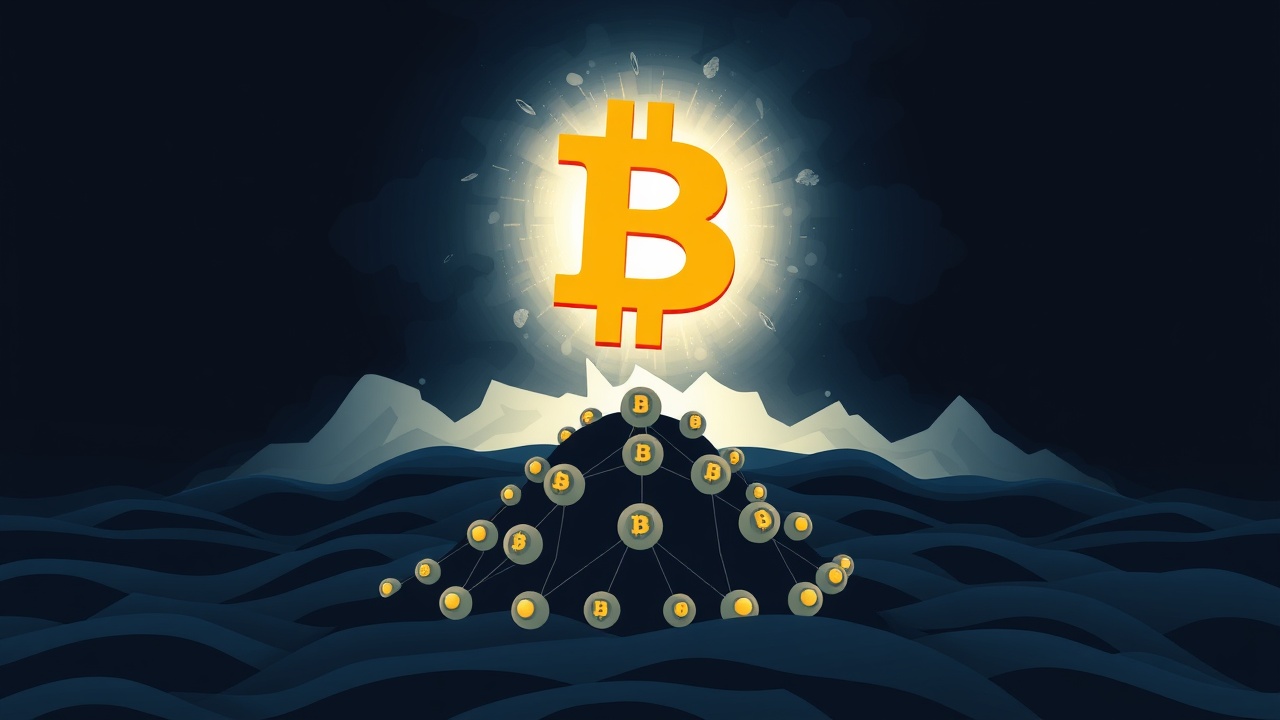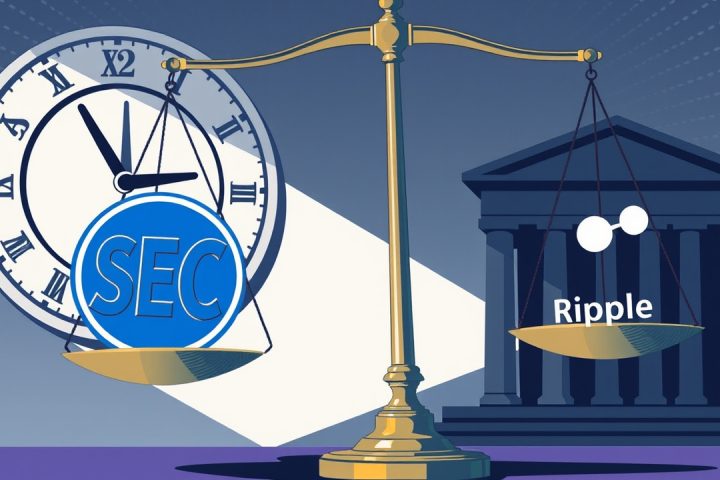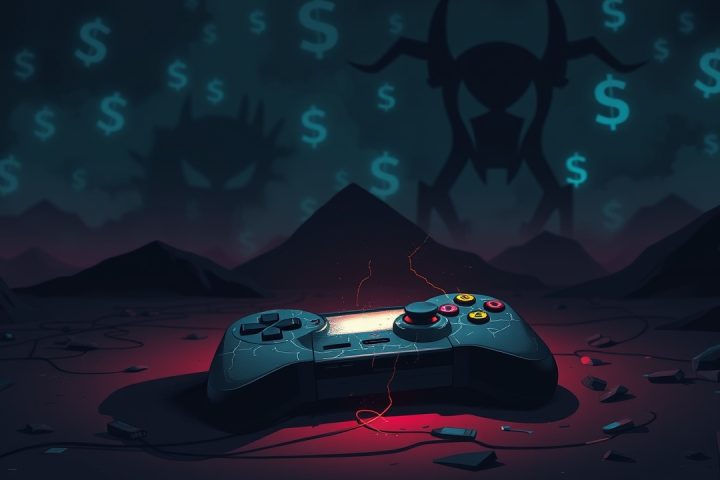Impact of BRC-20 Transactions on Bitcoin Node Operators
A recent analysis conducted by BitMEX Research highlights the impact of BRC-20 transactions on Bitcoin node operators, indicating that these transactions are more taxing than image inscriptions. The report emphasizes that the frequent small transfers associated with BRC-20 significantly increase the Unspent Transaction Output (UTXO) set and augment the load for validation processes compared to larger image data transactions.
Analysis of Ordinal Inscriptions
Investigators tracked nearly 97.4 million Ordinal inscriptions recorded since late 2022, which includes approximately 92.5 million related to BRC-20 and about 2.7 million for images. Interestingly, while the volume of image data is lower, it occupies a larger on-chain storage of approximately 30.0 GB compared to around 27.8 GB for BRC-20 data. This discrepancy can be attributed to the mechanism of storage: image data utilizes non-executed Taproot witness fields that bypass certain heavy signature verification steps, while BRC-20 transactions function like traditional transactions, intensifying the validation duties and increasing UTXO size.
Growth of UTXO Set and Transaction Fees
The analysis also notes a substantial growth in the UTXO set, soaring from 84 million to 169 million between December 2022 and September 2025, largely connected to BRC-20 activities. Additionally, the fees associated with BRC-20 transactions surpassed 5,000 bitcoin, reflecting higher costs per byte due to the lack of discount in witness outputs. This accounts for BRC-20 consuming 13.9 billion weight units compared to 8.9 billion for image data.
Performance Implications and Research Findings
To assess the performance implications, the research team utilized Bitcoin Core v29.1 on an Ubuntu system equipped with eight CPU cores, 8GB of RAM, and a 1TB SSD, coupled with a 1Gbps connection. They analyzed the relationship between verification speed and Ordinal volumes, both with and without the “assume valid” parameter. Their findings yielded mixed but generally consistent results, revealing that with “assume valid” turned off, there was a modest link between the size of Ordinal data and verification speed, demonstrating that larger images might contribute to slightly faster processing times.
However, the researchers urged caution, warning that the randomness of network conditions and the prevalence of non-full blocks can distort the results and affect expected outcomes. They encourage further investigation to replicate their findings.
Conclusion and Ongoing Debates
Crucially, while the analysts do not take a stance that large images are beneficial for Bitcoin, they conclude that although image inscriptions may reduce the validation burden slightly, the influx of BRC-20 transactions poses a significant threat to node resources due to growing UTXO levels. Both formats are also competing for essential block space reserved for financial transactions.
This report arrives amid ongoing debates among node operators regarding the Bitcoin Core and Bitcoin Knots software. While Bitcoin Core maintains majority usage, Bitcoin Knots, which supports spam filtering, has increased its representation to over 19% of all nodes in the network.




